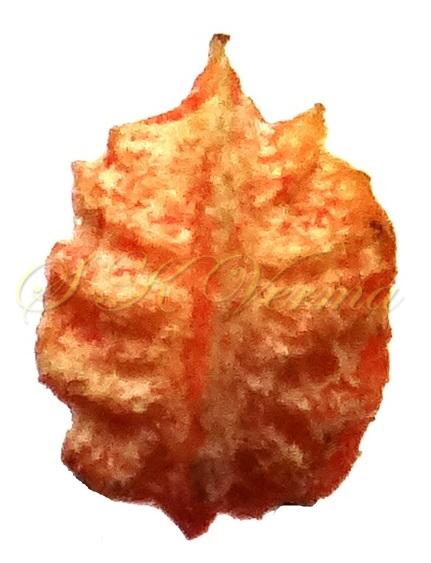MALPIGHIA
Malpighia
Plum. ex L., Sp. Pl. 1: 425. 1753; Gen. Pl. Ed. 5, 194. 1754; Baily, Stand. Cyclop. Hort. 4: 1973. 1919; Fl. North Amer.@ eFloras.org vol. 12; Fl. Pak. @ eFloras.org
Shrubs or small trees. Leaves opposite, usually with 2-4 or more glands impressed in abaxial surface, rarely glands absent; stipules interpetiolar, mostly free. Inflorescence axillary or terminal, dense corymbs or umbels; pedicels raised on peduncles. Flowers zygomorphic, bisexual, 5-merous, hypogynous. Sepals 5, glandular, glands 6-10, 3 sepals with 2 large glands and others very rarely with 1-4 small glands. Corolla zygomorphic, petals 5, clawed, pink, lavender or white, glabrous. Stamens 10, long, all fertile; anthers sub-equal; filaments connate at base. Carpels 3, completely connate in ovary, ovary 3-lobed, 3-locular with 1 ovule per loculus; styles 3, free, cylindric, stout; stigma on internal angle or sub terminal large. Fruit usually drupes with 3 pyrenes, rarely berries.
108 species
Malpighia emarginata
Malpighia emarginata
Sesse and Moc. ex. DC., Prodr. 1: 578. 1824.
Large evergreen bushy shrub or small tree up to 6 m tall, trunk 10 cm in diameter; much branched, branches spreading or drooping; young branches, leaves, peduncles, pedicels, pubescent with hairs medifixed. Leaves opposite, exstipulate; petioles small, 2 mm long; blade 2.2-3.0 cm x 0.8-1.0 cm, ovate, elliptic, oblong, obovate or narrowly oblanceolate, apex acute, base cuneate, margin wavy; younger leaves pubescent on abaxial surface or both surfaces, mature leaves glabrous. Flowers solitary or in sessile or short peduncled cymes, axillary. Flowers zygomorphic, bisexual, 5-merous, hypogynous, 1.5-2.0 cm across, pink. Pedicels jointed, 4-4.5 mm long, hairy; bracteoles 2, 0.7-1.0 mm long. Sepals 5, ca. 3 mm long, connate at base, 4 sepals with large yellowish-brown glands (2 mm x 1 mm): 2 with 2 glands each, 2 with one gland each, apex triangular, acute, pinkish, incurved. Corolla 5, free, dark pink, clawed, 4 spoon shaped, ca. 5 mm long and one large 7 mm long, fimbriate. Stamens 10, free, equal; filaments free or connate at base, 1.5-1.75 mm; anthers 1 mm long. Carpels 3, syncarpous; ovary 2 mm, 3-locular, each loculus with one ovule; styles 3, straight, 3 mm long; stigmas 3, small. Fruit a drupe, bright red, glossy, oblate to round, cherry-like, 1.0-2.5 cm x 1.0-2.5 cm. Pyrenes 3, 8 mm x 4 mm, reddish-yellow.
Common Names: Barbados Cherry, Wild Crape Myrtle, Acerola
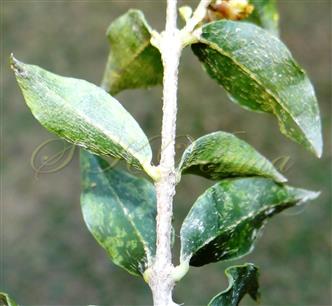
-DSC01847.jpg)
-DSC01846.jpg)
-DSC08979B.jpg)
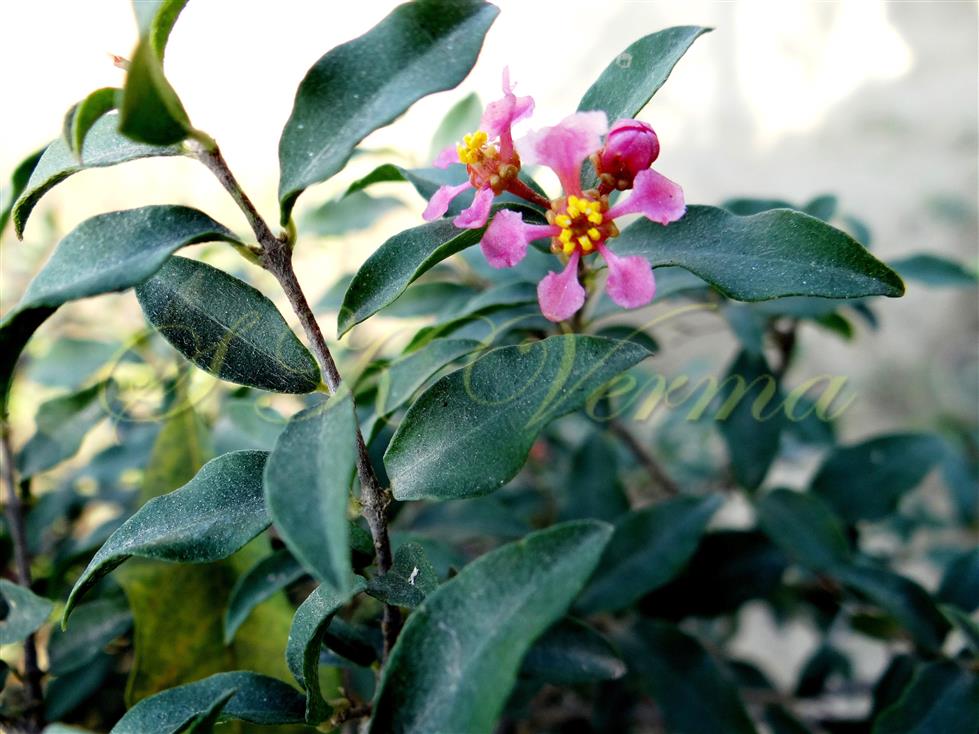
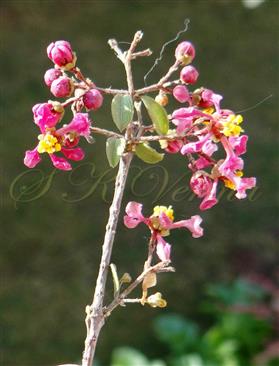
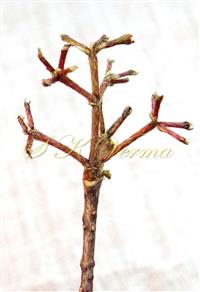
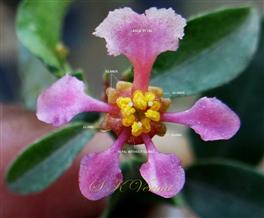
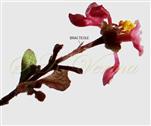

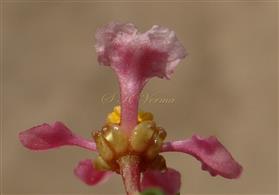

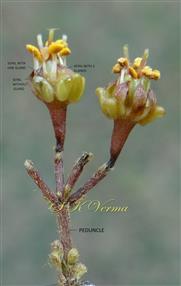




-DSC08977.jpg)
-DSC08978.jpg)



-DSC01847.jpg)
-DSC01846.jpg)
-DSC08979B.jpg)





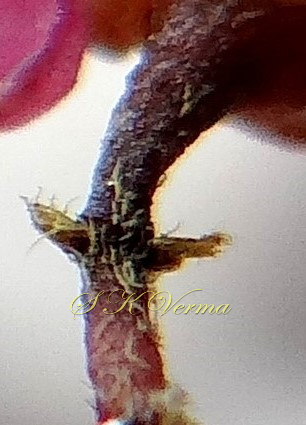

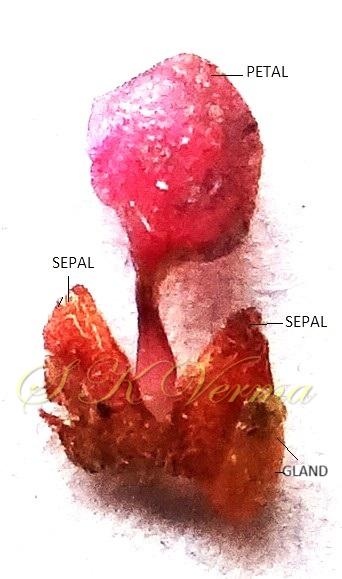

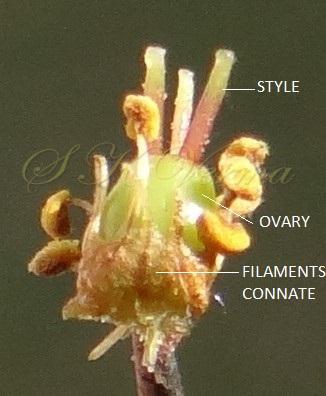
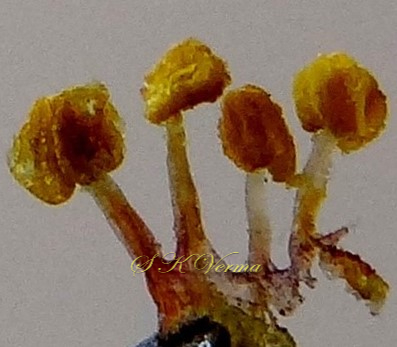
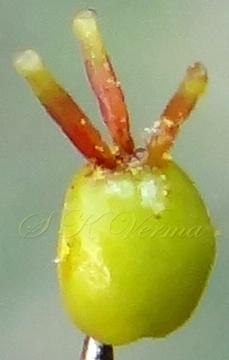
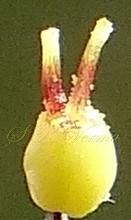
-DSC08977.jpg)
-DSC08978.jpg)
